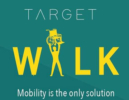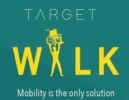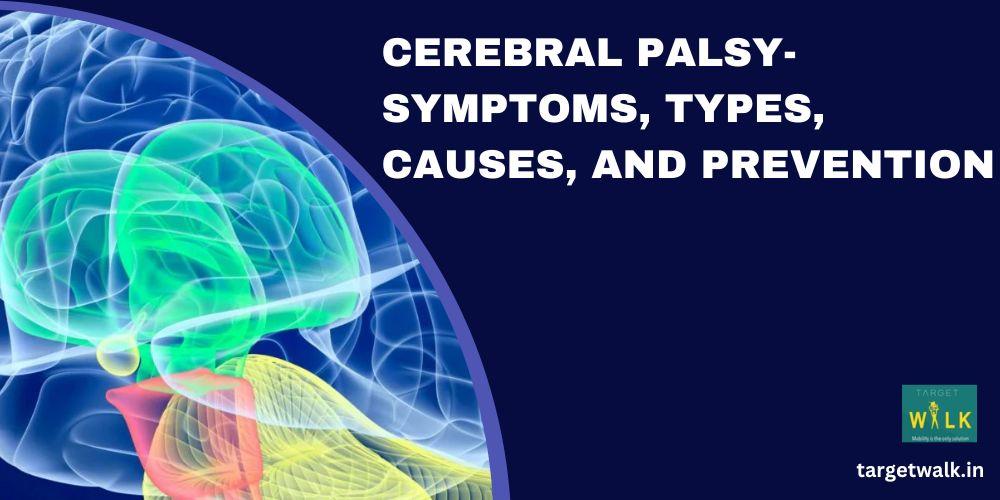
What Is Cerebral Palsy
Cerebral Palsy is a kind of disorder that affects a person’s ability to balance and hinders their movement. This is the most common disorder that is found in children.
This disease is caused by abnormal brain development and affects the person’s ability to control his or her muscles.
In this blog post, we will talk about everything you need to know about Cerebral Palsy- its symptoms, types, causes, and treatments.
Cerebral Palsy Symptoms
The symptoms of this disease vary from person to person and can be mild and severe. Some people find it difficult to walk and run while others have difficulty grasping objects.
It depends on the severity of the problem and also on what part of the brain it is affecting. Let’s discuss its symptoms in depth. Some Cerebral Palsy symptoms include:
- Difficulty walking or running
- Lack of muscle coordination
- Difficulty in speaking
- Delay in speech development
- Excessive drooling
- Being too floppy or stiff
- Favoring only one side of the side like reaching with one hand.
- Neurological issues like blindness, seizures, and intellectual disabilities.
- Stiff muscles and exaggerated reflexes.
People who have Cerebral Palsy are usually born with it. Some children don’t show any signs of the disease till much later.
But all of this is fixable and with proper care, you will be able to fight this disease and get better.
So, now let’s know more about what causes Cerebral Palsy.
Cerebral Palsy Causes
Well, there is no exact reason for what causes Cerebral Palsy.
But, unusual brain development or injury during brain development usually causes Cerebral Palsy.
The damage due to this disease affects the region of the brain that is responsible for posture, coordination, and body movements.
The damage occur usually during birth but it can also happen in the initial years of development.
Here is some other Cerebral Palsy causes.
- Head injuries due to an accident, child abuse, or by falling.
- The gene mutation that caused abnormal brain development.
- Brain infections such as encephalitis and meningitis.
- Bleeding in the brain.
- Lack of oxygen in the brain during pregnancy or labor.
- Severe jaundice in the initial years.
- Infection that was acquired in the room such as herpes simplex and German measles (rubella).
If you think your infant has any symptoms of Cerebral Palsy contact a doctor as soon as you can. It should be treated in the initial years of the child.
Make sure you take proper care of them and give them food that is well-suited according to their problem.
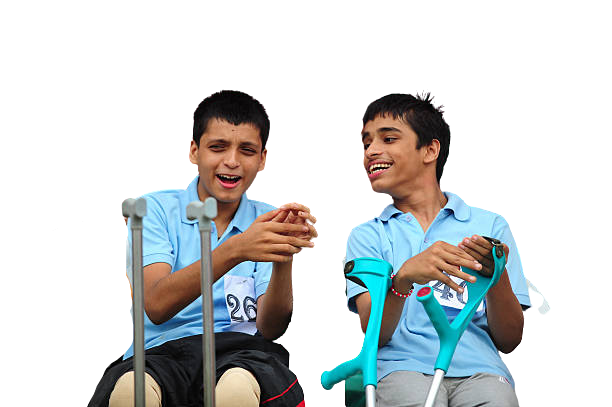
Some Risk Factors Of Cerebral Palsy
Precaution is always better than cure. There are many factors that put babies at an increased risk of getting this disease. Make sure it is well taken care of. These factors include-
- Low birth weight
- Premature delivery or birth.
- Being a triplet or twin.
- Taking illegal drugs during pregnancy.
- Rh incompatibility happens when the parent’s Rh type is not compatible with the baby’s Rh type.
- A low Apgar score
- Breech birth, meaning when the baby’s legs or buttocks come first.
Types Of Cerebral Palsy
There are four types of Cerebral Palsy, it depends on what part of the brain it affects. So on the basis of it. It is divided into four types.
- Ataxia
- Hypotonia
- Spasticity
- Dyskinesia
Spastic Cerebral Palsy
Spastic Cerebral Palsy is the most common type of Cerebral Palsy that affects people. It hinders people’s ability to walk and results in stiff muscles and exaggerated reflexes.
People with spastic Cerebral Palsy have difficulty walking. In some cases, muscle weakness and paralysis are also present.
The symptoms are present in the whole body or just one side of it.
Ataxic Cerebral Palsy
This is the least common type of Cerebral Palsy. People with Ataxic Cerebral Palsy have trouble with balancing and coordination.
They find difficulty in grasping objects, writing, or walking.
Dyskinetic Cerebral Palsy
People with Dyskinetic Cerebral Palsy have trouble controlling their body movements.
Either they are too jerky or too slow with their movements.
This disease causes involuntary movement in the hands, legs, or arms. In some cases, it also affects the face and tongue.
These involuntary movements make it difficult for the person with this condition to sit, walk, run or write.
Hypotonic Cerebral Palsy
Hypotonic Cerebral Palsy causes overly relaxed muscles. The arms and legs of the person move very easily and in some cases appear floppy.
Babies who have this kind of Cerebral Palsy find it difficult to balance their heads and also experience difficulty in breathing.
As they grow older, they experience other issues like sitting up straight or walking properly. They may also experience:
- Poor reflexes
- Walking abnormalities
- Difficulty in speaking
Mixed Cerebral Palsy
Some people experience symptoms of more than one Cerebral Palsy. This is known as mixed Cerebral Palsy.
Classification of Cerebral Palsy
Cerebral Palsy is classified using the (GMFCS) Gross Motor Function Classification System.
This classification system was developed by researchers at CanChild Centre for Childhood Disability as a universal measure for determining the physical capabilities of people dealing with Cerebral Palsy.
It usually focuses on 4 major things
- Ability to move
- The ability to sit
- the use of adaptive technology
- charting independence
The five levels of GMFCS
Level 1
People under this level walk without any limitations or problems.
Level 2
People with level 2 can walk long distances without any issues but can’t jump or run.
In some cases, they may also need assistive devices to move around the house or walk for some distance.
Level 3
People with level 3 Cerebral Palsy can sit with little support and can stand without any support.
They may also need assistive devices like a cane or a wheelchair to go outside their houses.
Level 4
People with Level 4 Cerebral Palsy can walk only with assistive devices.
Level 5
At this stage of Cerebral Palsy, a person needs support to maintain their head and neck posture.
They also require support to sit and stand and might be to control a wheelchair.
How To Diagnose Cerebral Palsy
A doctor can diagnose Cerebral Palsy by taking into consideration their medical history.
They take a detailed physical test which includes a proper neurological test and evaluation of similar symptoms.
The test might also include
- Ultrasound
- Blood test
- CT scan
- MRI
- Electroencephalogram (EEG)
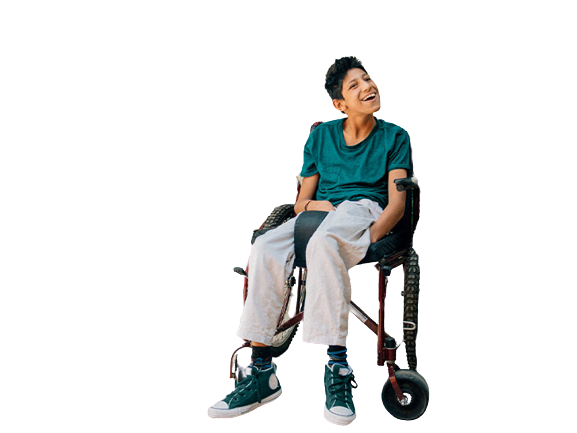
Some Complications Of Cerebral Palsy
- Dental Problems
- Incontinence
- Speech or language disorders
- Osteoarthritis
- Spinal issues like lordosis (swayback), scoliosis, kyphosis (hunchback).
Cerebral Palsy Treatment
The main goal of Cerebral Palsy treatment is to make the condition better and make sure there are no further complications.
Cerebral Palsy can be treated in three ways:
- Assistive aids
- Surgery
- Medication
Assistive aids
Here are some assistive aids that work well for Cerebral Palsy-
- Wheelchairs
- Eyeglasses
- Walking aids
- Body braces
- Hearing aids
Surgery
Orthopedic surgery is used in Cerebral Palsy to correct bone irregularities and other muscles related problems.
Selective dorsal rhizotomy (SDR) is considered the last resort to relieve pain caused by Cerebral Palsy.
Other treatments
Other kinds of treatment that are used to cure Cerebral Palsy:
- Physical Therapy
- Occupational Therapy
- Speech therapy
- Counseling or psychotherapy
How To Prevent Cerebral Palsy
- The majority of conditions that causes Cerebral Palsy cannot always be prevented. But, here are a few things that you can try to prevent Cerebral Palsy.
- If you are planning to be pregnant or are pregnant, it’s important you take some preventive measures.
- It’s crucial you get vaccinated against any brain damage like German measles (rubella).
- It’s also important you receive enough prenatal care from your loved ones and takes proper care of yourself. Don’t miss out on your doctor’s appointments and eat healthy during pregnancy.
Conclusion
With proper care and Cerebral Palsy Treatment In Gurgaon, there is nothing that can’t be cured. Some people affected by Cerebral Palsy do not need any assistance while some do, this varies from person to person.
Though, if you take all the preventive measures from the beginning, you can stop this from happening.
Regardless of the severity of the disease, treatment can surely help you feel better and will improve your quality of life.
